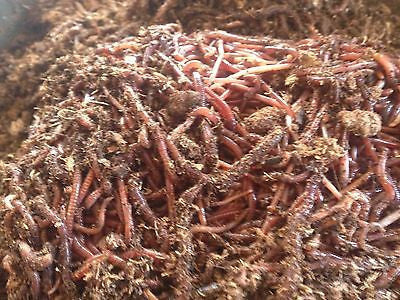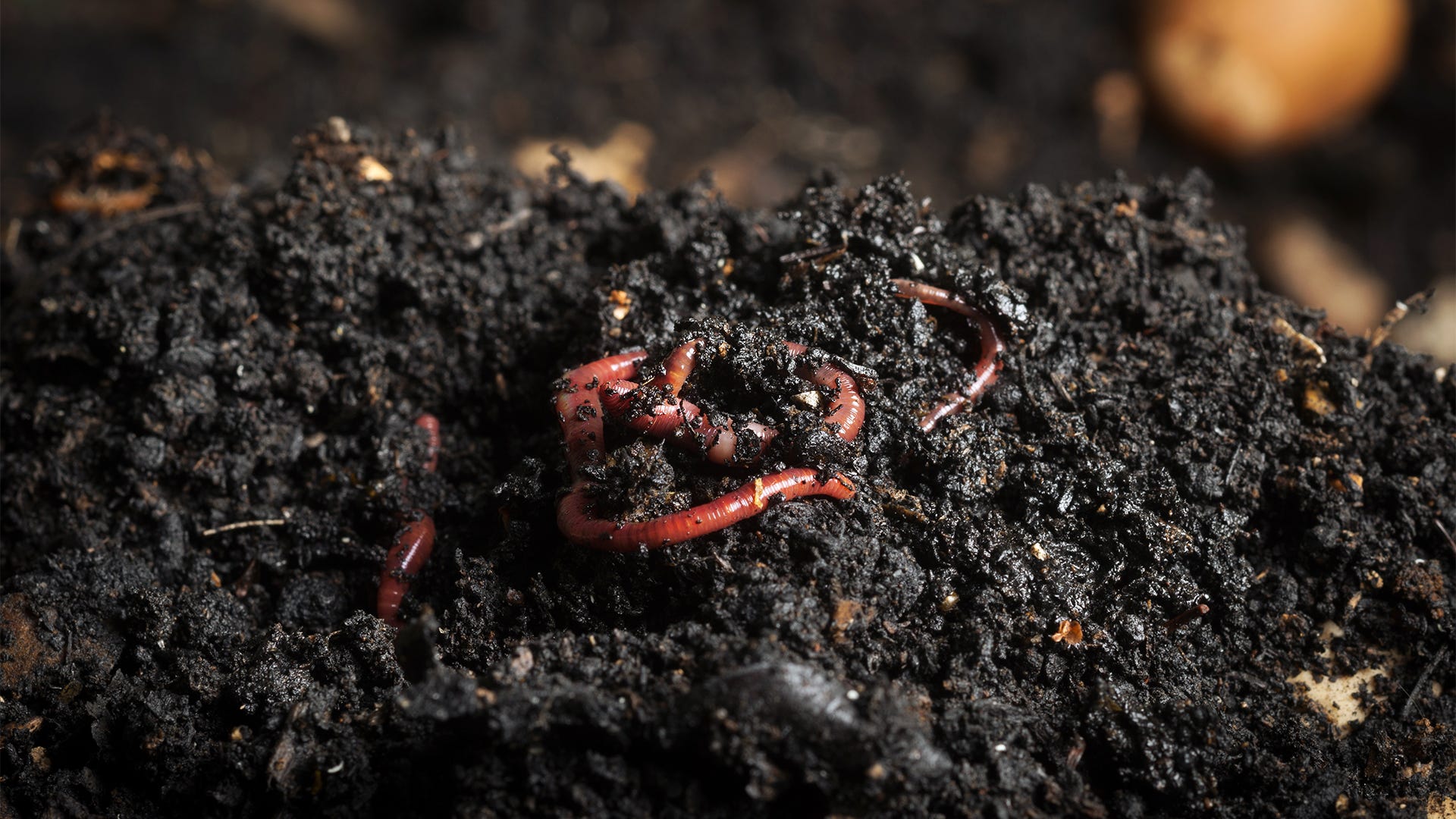The Greatest Guide To Red Wiggler Express
The Greatest Guide To Red Wiggler Express
Blog Article
Things about Red Wiggler Express
Table of ContentsSome Ideas on Red Wiggler Express You Should KnowSome Of Red Wiggler ExpressThe Single Strategy To Use For Red Wiggler ExpressSome Known Factual Statements About Red Wiggler Express Red Wiggler Express for Beginners
It's risk-free to say this stuff would have been great to include as a to vermicomposting systems! And the growing Red Worm populace? It simply never ever occurred. Also in the stack that was established up straight in front of backyard composters with existing Red Worm swarms. Yet these nutritionally-boosted wood chip habitats are definitely packed with Lumbricus sp.
Several selections, including Red Wigglers, European Nightcrawlers, and Lumbricus types were brought over from the European continent. But here's the thingNative or not - and as gifted as they are at having the ability to endure in a wide-range of atmospheres and conditions -. In other words, they are even more most likely to hang around in any active composting systems you have established up, than they are to wander off and start destroying the atmosphere.
Roots need oxygen for respiration and rely upon smooth air movement within the soil to thrive. Nevertheless, when it rains, dirt can come to be saturated with water, lowering the oxygen available and preventing vitamins and mineral absorption - Red Wigglers For Bait. To preserve an optimum equilibrium, the soil needs to enable water to drain pipes effectively, leaving sufficient space for air to support origin health and wellness
The Best Guide To Red Wiggler Express

When it comes to worms for composting, what comes to mind? If you were an earthworm breeder, supplier, or ordinary garden enthusiast, then you would certainly know that red wiggler worms are the ideal worms for vermicomposting. To read more regarding these planet wonders, checked out a few of the red worm truths listed below.
(https://www.producthunt.com/@rwigglerexnc)If they extend their bodies, you'll be able to see the stripes on their skin. When elevating worms such as red wiggler worms, you need to have the ability to know exactly how to profit them. When you have the ability to preserve and care for their habitat well, and additionally feed them the appropriate kinds of natural wastes, then they'll be able to create nutrient-packed and quality-rich worm castings for you (also referred to as worm poop or garden compost).
Red Wiggler Express for Beginners
So, what do worms eat? Well, these red wriggler worms can be fed with kitchen area scraps and yard wastes. Any decaying organic stuff will do like veggie and fruit peels, smashed egg coverings, made use of tea bags, coffee premises, lawn cuttings, dry fallen leaves, and others. However see to it not to feed them foods items that are oily, citrusy, or has meat or dairy products in them. Red Wiggler Express.

This habits makes them fit for life in worm containers, garden compost piles, and various other confined areas where organic waste is abundant. Developing an optimum setting for red wigglers requires a thoughtful strategy. Consider the adhering to vital components to care for red wigglers in the house and ensure their wellness: Make use of a bed linens of shredded paper or cardboard.

Include a handful of dry, shredded paper if the container ends up being also damp. Undoubtedly, they do! Red wiggler worms replicate by laying little, lemon-shaped eggs in safety cocoons. These cocoons are generally transferred in the bed linens and hatch into child worms within a few weeks. The rapid recreation cycle of red wigglers is just one of the reasons they are favored for vermicomposting.
Excitement About Red Wiggler Express
Their versatility and durability have actually made them a popular option for vermicomposting in various areas around the globe. Yes! They can make it through from a variety of 32F to 90F. They are super adaptable pests. Think about safety measures for really severe temperatures such as: Shielding the worm bin with layers of straw or leaves.

When caring for your red wigglers it is very important to keep in mind to: 1) K.I.S.S (Maintain it Simple) and 2) everything in small amounts. These guidelines relate to feeding your garden compost worms, sprinkling your worm bins, and almost whatever else associated with caring for them. Simply bear in mind - you can constantly include more food later (but it's difficult to remove feed once it's been included in a bin!).
Due to the fact that I fed the red wigglers and garden compost worms excessive, they weren't able to maintain and gradually the older food went uneaten and created anaerobic conditions that killed the worms. The bright side is that there are really easy activities you can take to guarantee this doesn't take place! Here're the 6 golden rules for exactly how commonly and exactly how much to feed your worms: Rule # 1: Small amounts! You can constantly include even more food later on.
Get This Report on Red Wiggler Express
Leftover food will lead to anaerobic conditions that will kill your live worms. Guideline # 6: After the very first feeding, feed the worms 1/3 to 1/2 of their weight.
Report this page